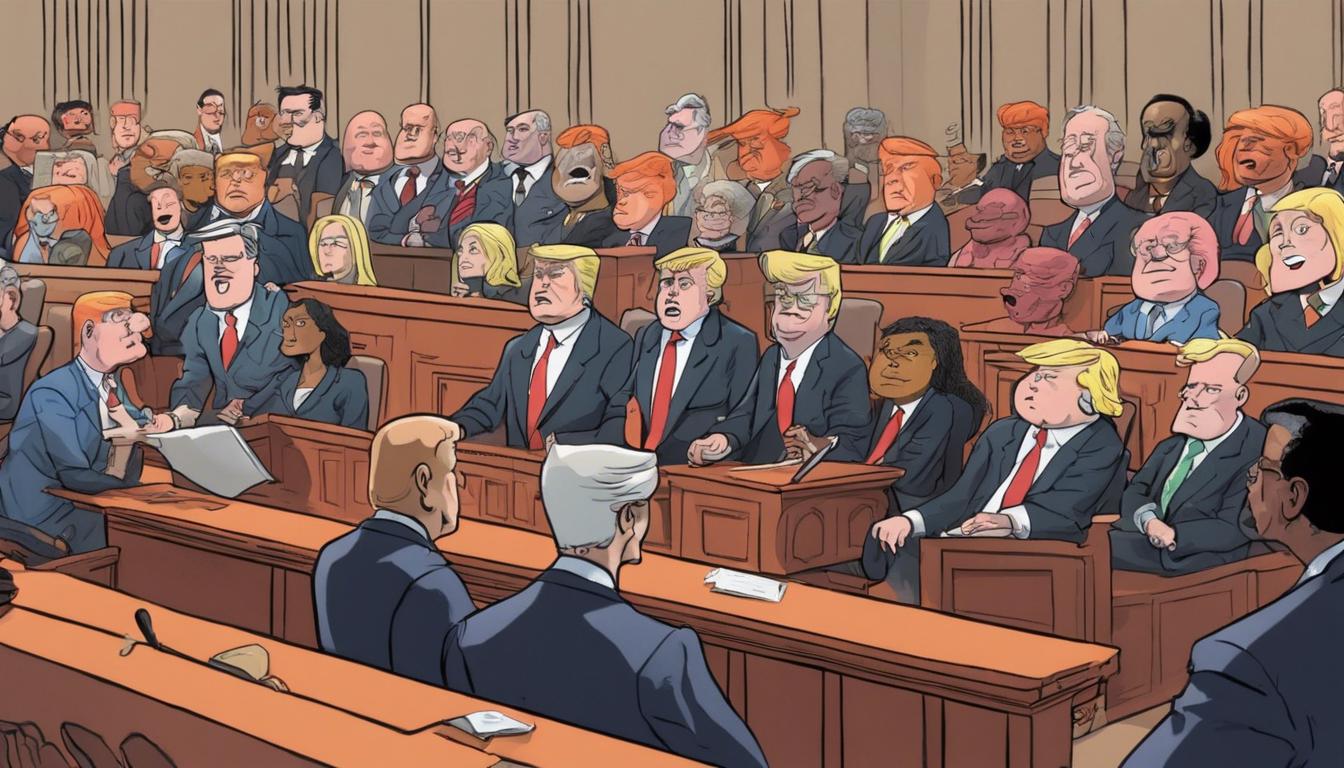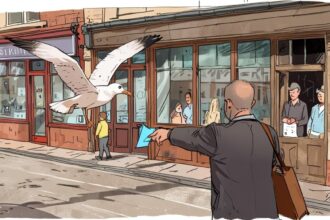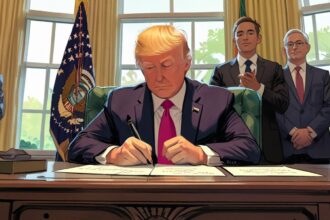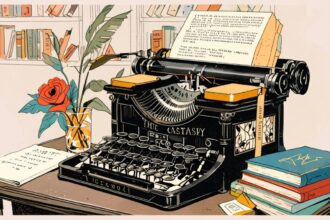In the high-profile trial of former President Donald Trump, a strategic jury selection process is pivotal, as both defence and prosecution meticulously aim to filter out biased jurors in Manhattan’s courthouse.
The trial involving former President Donald Trump, centering on a hush money case, is currently taking place in Manhattan. A substantial jury pool has been assembled, with 6,000 jurors subpoenaed and 1,500 called in for the selection process. This stage of the trial involves a strategic and scrutinous selection by both the defence and the prosecution. Each party aims to shape the jury to their advantage; the defence seeks to exclude those with prejudicial views against Trump, while the prosecution aims to eliminate jurors who show overt support for him.
Due to the polarizing nature of Trump as a figure, the process is intensely vigilant against “stealth jurors”—individuals who might conceal their biases to influence the trial’s outcome. The prosecution, in particular, needs to be precise in this elimination to secure a unanimous verdict and prevent a potential mistrial.
Trial consultant Steve Duffy notes that the issue of juror bias is exceptionally critical in this trial, requiring a more sophisticated approach to selection compared to standard criminal cases. Given the political charge surrounding Trump and the composition of New York’s jury pool, the outcome could be significantly influenced by the individual stances of the selected jurors. Ultimately, the presence of even a single juror sympathetic to Trump could impact the verdict.













